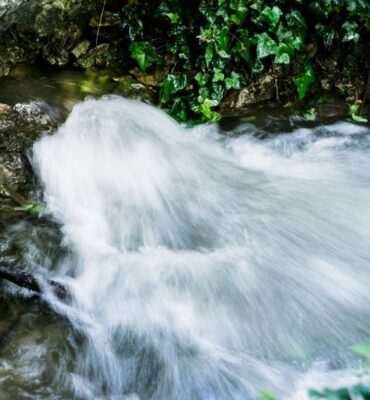Home » Our Places » The Karst
A Harsh Landscape, Rich in Human Connections
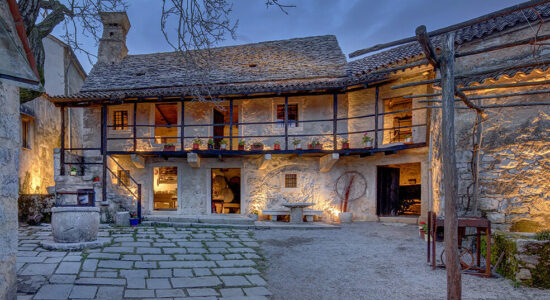
The Karst is a rugged and unforgiving landscape. Although vegetation has gradually spread over the past century, the Karst region remains defined by its distinctive, ever-present rock formations. This unique terrain, with its rocky cliffs, underground rivers, and mysterious caves, is both harsh and fragile, and is now part of the Karst Geopark. The area is rich in geological wonders and rare plant and animal species, and it also boasts a unique living and culinary tradition. You can experience this tradition in the borjači, the enclosed Karst courtyards that often host osmizze—traditional inns where local wines and farm products are served. These charming stops have been a feature of the Karst Plateau for centuries.
Stone: An Endless Source of Inspiration
The Karst landscape we see today is the result of a millennia-long harmony between nature and people, shaped by scorching sun, wild winds, solid rock, and scarce water.
Over the centuries, people transformed this rugged terrain by building a network of dry-stone walls and creating homes that could withstand the harsh environment. Despite the fierce bora winds and limited water supply, small yet welcoming villages took root. Stone is the lifeblood of this land—carefully crafted by locals into unique architectural and sculptural features that are still a great source of pride. Though its abundance makes every building project challenging, the people of the Karst continue to lovingly incorporate stone into their daily lives.
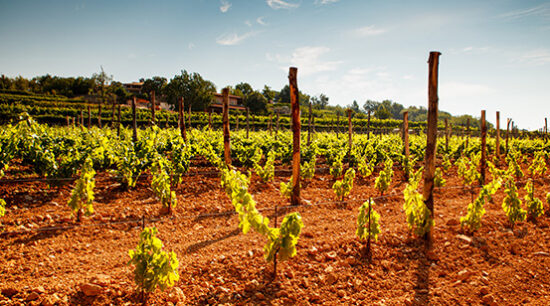
The Slovenes of the Karst: A Close-Knit Community
Up until the Second World War, the Karst was mostly inhabited by Slovenes, and in the small villages, Italian was hardly spoken.
Today, the Karst has evolved; villages have expanded with new residents, and farming is now a much smaller part of daily life. Yet, many of the Karst’s picturesque villages have preserved their original charm and a uniquely special atmosphere. Numerous cultural and sports associations keep the Slovenes closely connected, fostering a strong sense of community and contributing to a lively social fabric.
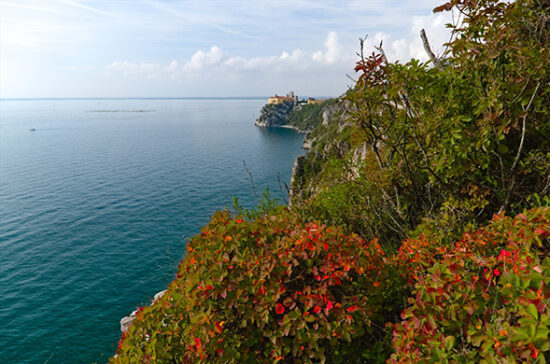
Da vicino

Il latte carsico, una vera e propria delizia
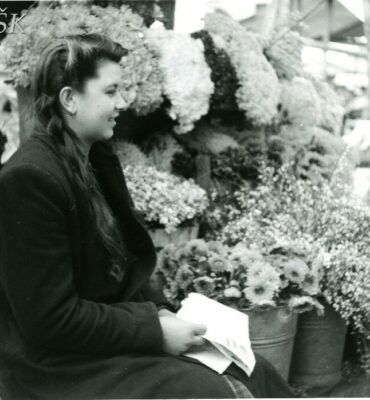
Trieste, città dalle mille opportunità
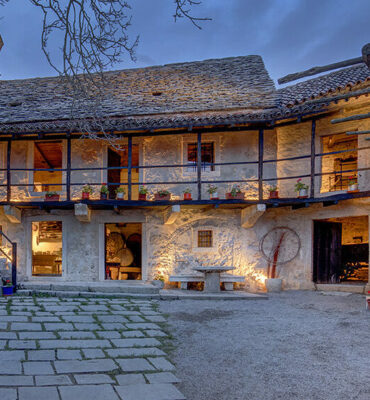
La Casa Carsica, nel caldo abbraccio della pietra
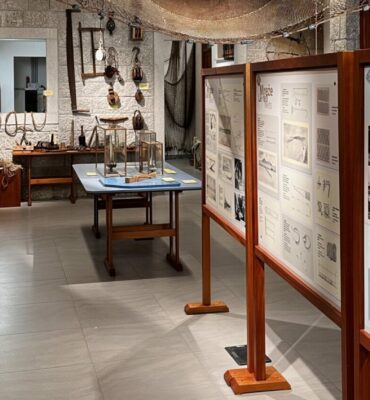
Il Museo della pesca: l’odore del mare sul Carso
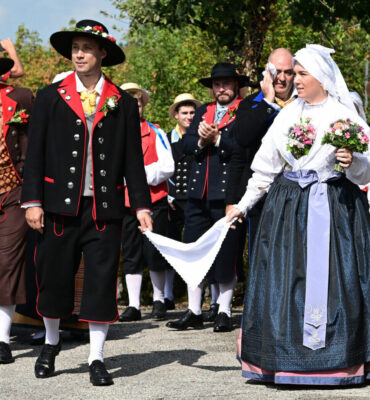
L’abito tradizionale carsico
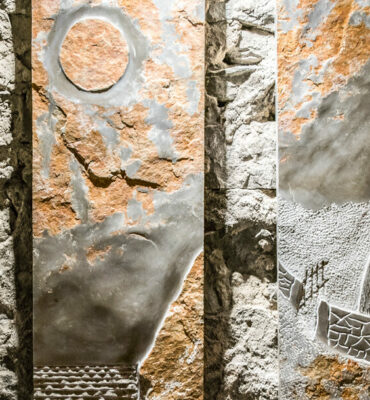
La pietra carsica, una storia di successo
